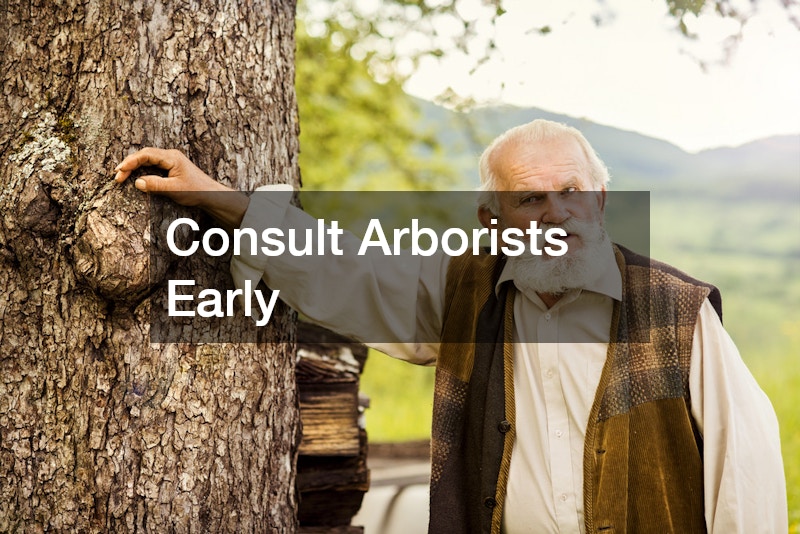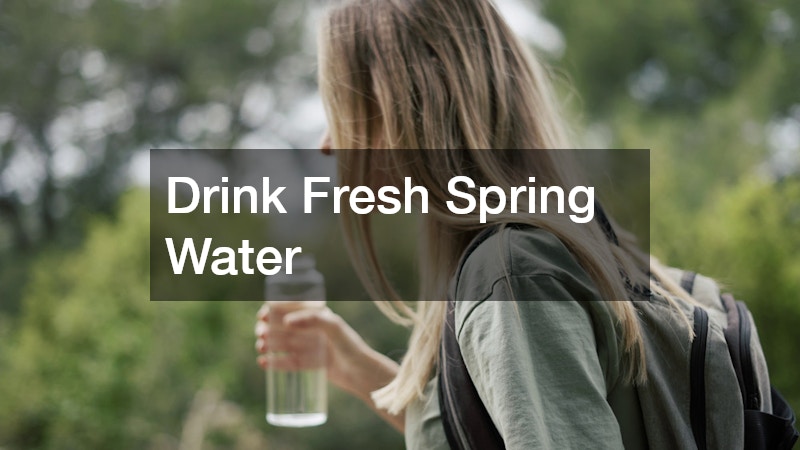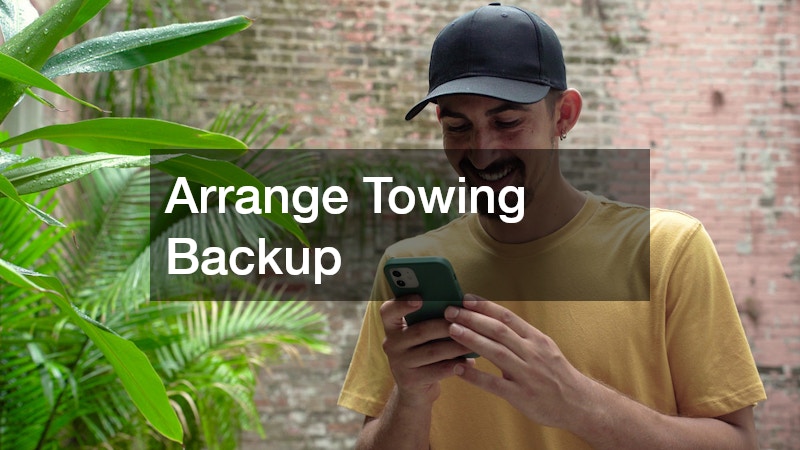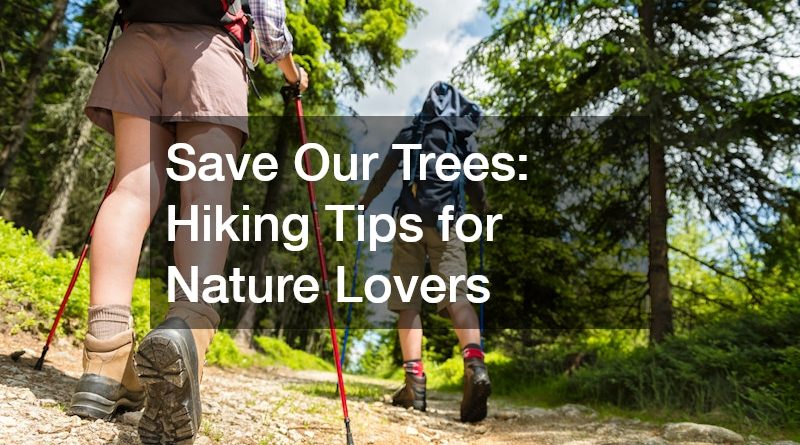Save Our Trees: Hiking Tips for Nature Lovers
Spending time hiking through Australia’s spectacular bushland is a favourite pastime for many nature lovers. The fresh air, stunning landscapes and peaceful atmosphere offer a perfect escape from urban life. But with increasing foot traffic on trails, it’s more important than ever to take care of the environment, especially our trees. Trees are vital for maintaining biodiversity, providing habitat for wildlife and keeping ecosystems healthy. If we want to preserve these natural treasures, every hiker must commit to responsible outdoor practices.
This article shares practical hiking tips designed to help nature lovers enjoy the great outdoors while saving our trees. From consulting arborists to staying hydrated with natural spring water and preparing for vehicle emergencies with a towing service, these tips balance adventure with conservation. Following them will not only protect the environment but also enhance your hiking experience.
Consult Arborists Early

Before hitting the trails, it’s wise to consult arborists — tree specialists who assess the health and safety of trees in hiking areas. Arborists can advise on which paths are safe to walk and which areas require protection to prevent damage. Their expertise helps identify trees at risk from disease, age or weather damage that could pose a hazard to hikers or the environment.
By involving arborists early in your hiking plans, you support conservation efforts that save our trees and ensure your safety. They might suggest alternate routes that avoid sensitive vegetation or recommend seasonal restrictions to protect vulnerable habitats. For example, some trails might be temporarily closed to allow regrowth or reduce soil erosion near tree roots. Following arborists’ guidance helps preserve delicate ecosystems and keeps our forests healthy for future generations.
Arborists also educate the public on how trees improve air quality and stabilise soil. When hikers respect their advice, they contribute to broader environmental stewardship. Knowing how to avoid harmful trail practices can drastically reduce damage caused by foot traffic or natural erosion.
Drink Fresh Spring Water

Hydration is essential when hiking, and one of the best eco-friendly ways to stay refreshed is by drinking fresh spring water. Natural springs often provide clean, cool water sourced directly from underground aquifers, making them a sustainable alternative to plastic bottled water. Using spring water helps reduce plastic waste — a major threat to forests and wildlife — and supports zero-trace hiking principles.
When you come across a spring water source on your hike, it’s important to ensure the water is safe to drink. Carrying a portable water filter or purification tablets is a smart precaution, especially in remote areas. Drinking from spring water replenishes your energy naturally while keeping the environment pristine. By choosing to hydrate responsibly, hikers contribute to the effort to save our trees and maintain healthy ecosystems.
Natural spring water often contains minerals that sustain energy levels during long hikes. Unlike processed bottled water, spring water offers a fresh taste and natural boost. Filling reusable bottles reduces litter and pollution along trails.
Arrange Towing Backup

Hiking often involves driving to remote trailheads or parks, where vehicle issues can quickly become stressful. Arranging a towing service backup before your trip ensures help is available if your car breaks down or gets stuck. Having a reliable towing service ready prevents you from abandoning vehicles in natural areas, which can cause damage to trees and local vegetation.
Some towing services specialise in off-road or rural recovery, offering quick, minimal-impact assistance. Knowing who to call and having contact details saved means you can focus on your hike with peace of mind. Being prepared also prevents environmental harm caused by vehicle accidents or improper recovery attempts, helping defend our trees from unnecessary disturbance near trails and parking areas.
Sharing your itinerary with a trusted contact and checking mobile reception before heading into remote locations are additional safety measures. These steps, combined with towing preparedness, reduce the risk of being stranded and environmental damage.
Additional Tips to Protect Our Trees While Hiking
- Stick to Marked Trails: Avoid trampling roots or vegetation by keeping to established paths. This protects tree roots and reduces soil compaction.
- Carry Out All Waste: Never leave rubbish behind. Even biodegradable items can harm local ecosystems.
- Respect Wildlife: Keep a safe distance and avoid disturbing animals or their habitats.
- Limit Campfires: Use designated fire pits or avoid fires to prevent tree damage and reduce wildfire risk.
- Use Eco-Friendly Gear: Opt for biodegradable soaps and avoid harsh chemicals near tree roots.
- Educate Others: Share knowledge about saving trees to build a conservation-minded community.
Hiking is a wonderful way to connect with nature and appreciate the beauty of Australia’s forests. Yet, every step we take can impact the environment, particularly the trees that form the backbone of these ecosystems. By consulting arborists, drinking fresh spring water and preparing with a towing service, hikers can enjoy their adventures responsibly. Incorporating these simple tips helps protect our natural heritage and ensures future generations can explore the bushland just as we do today. Together, we can save our trees — one hike at a time.
